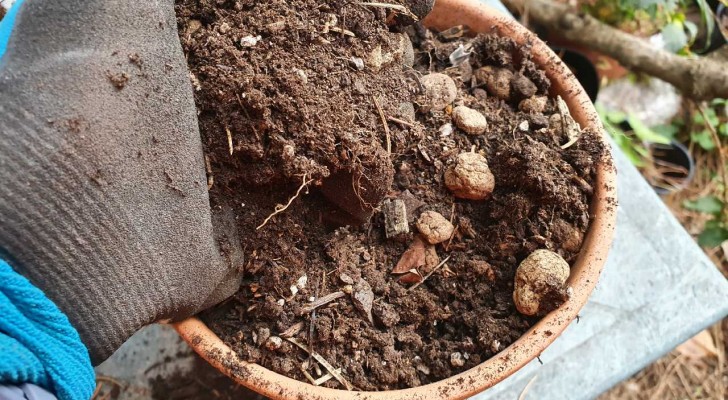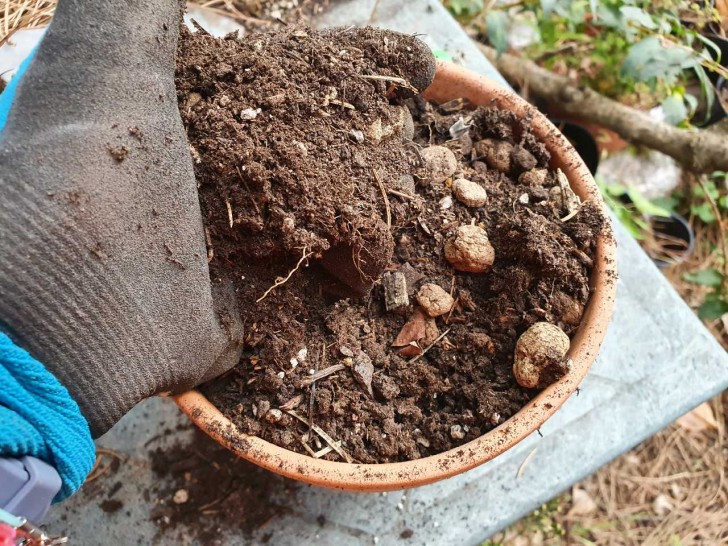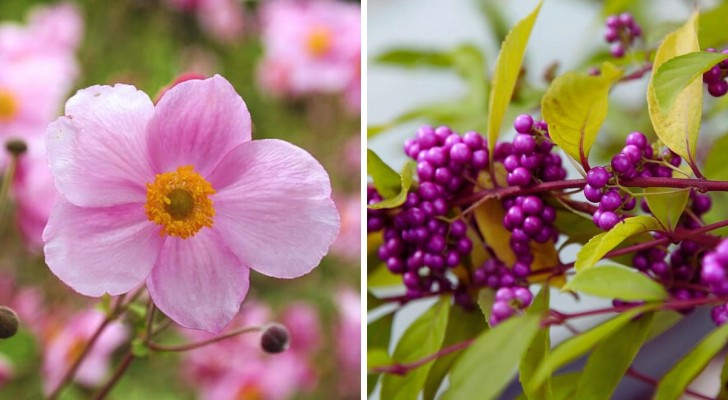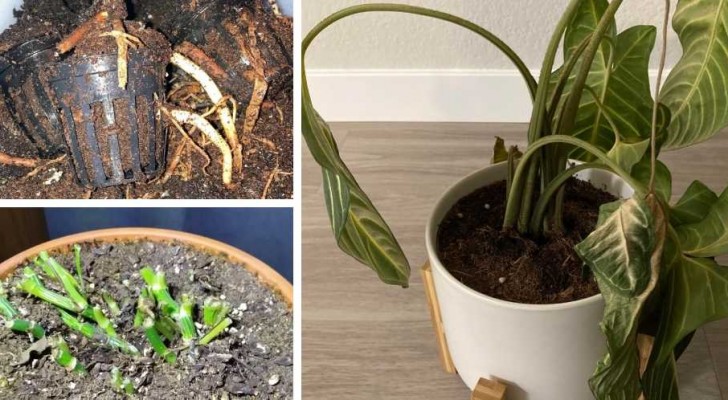Soil left over in flower pots? You can reuse it and avoid buying new bags

If you love gardening, there is certainly at least one corner of your home or balcony where you put aside unused pots, bags of soil and everything else you need in the garden. In this area, there are often pots with plants that have died, seedbeds that have been stripped by birds and rodents and pots which have reached the end in their life cycle.
This often leaves us with many containers full of soil. What can we do with this soil? In many cases it can be reused!
via gardeningknowhow

Creativo
If the soil has been in a pot for a long time, it will be necessary to sterilize it to prevent any fungi or disease from spreading to the new plants. However, if you are sure that the plant died due to disease, throw the soil and the pot away.
To sterilize the soil:
- Use steam: there are those who use pressure cookers, pouring in at least a couple of liters of water and then placing a tray with soil (maximum 10 cm thick) on top, where it will be reached by the steam. The process lasts 15-30 minutes from the moment the cooker reaches pressure. Otherwise, to use a normal pot: put three or four fingers of water in it, then a steaming rack on which to place the tray with the earth, covered with foil, and steam the soil for 30 minutes. In all cases, let the soil cool down completely before touching it.
- Using the oven: be careful, as high temperatures can burn the soil. Also, do not exceed 10 cm of soil thickness in a pan, cover with aluminum foil, put a food thermometer in the center and cook at 89-90 ° for a maximum of 30 minutes. Never exceed these temperatures, or you could create harmful toxins by burning the soil. Allow to cool before using.
- Using the microwave: in this case, it is necessary to use containers with lids (perforated) suitable for microwave cooking. Do 90 seconds of cooking for every kg of soil. Let the soil cool down before using.
- Taking advantage of the sun: this is the easiest method. Put the soil in sturdy, thick garbage bags, and forget about them for weeks or even months. The important thing is that the soild doesn't get wet.
Once any pathogens have been eliminated, the soil will be safe, but also poor quality: these procedures also deprive the soil of nutrients. So before using it, always mix it with compost, earthworm humus, etc.
With a little attention, you will have a renewable resource that will save you from rushing off to buy new bags of soil!





